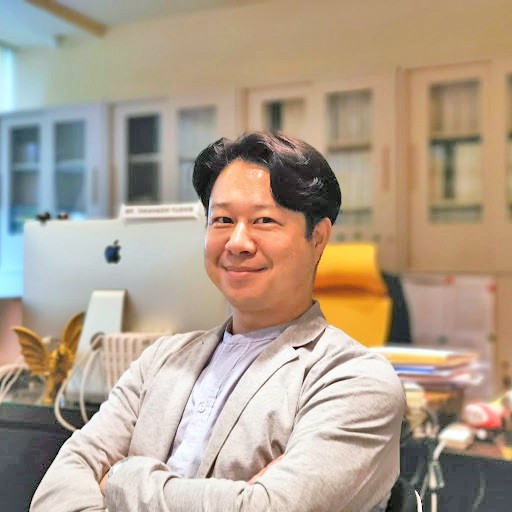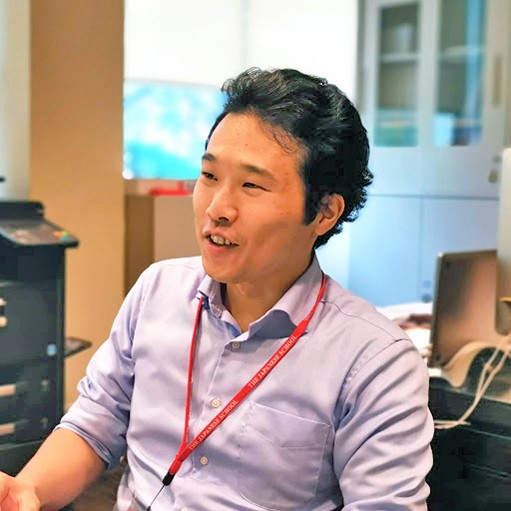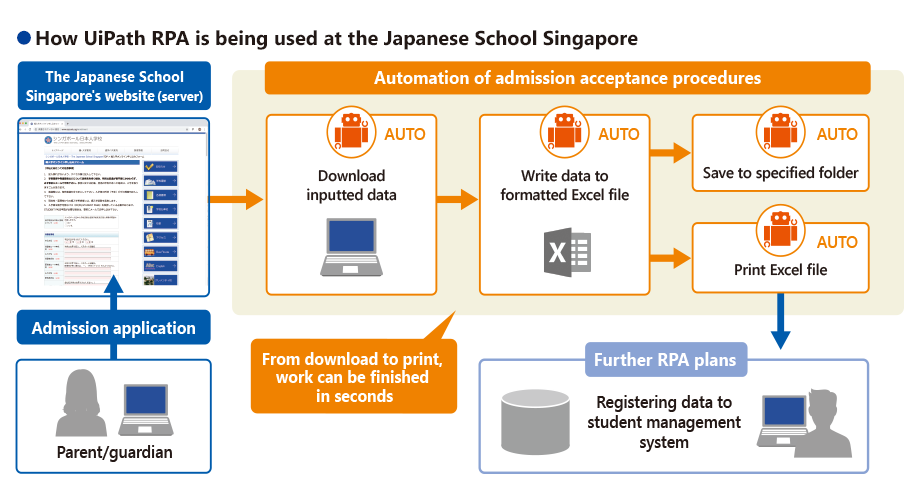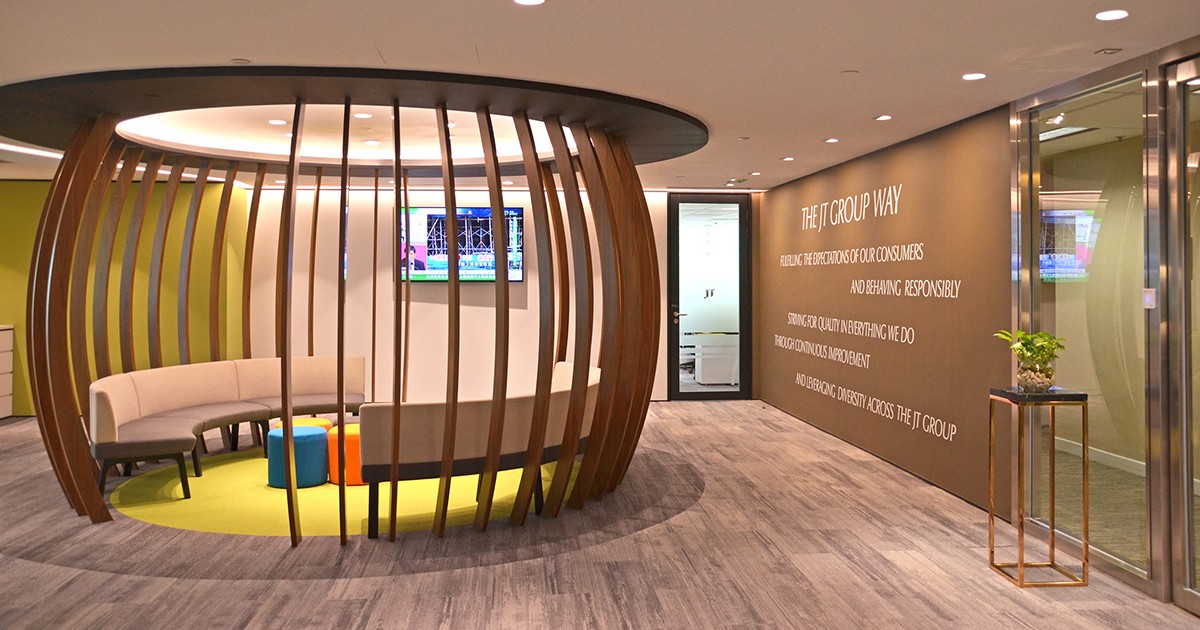The Japan School Singapore
Summary:
Automation achieved without large costs.
Introduced service:

Client interview
Why and how did you choose UiPath?
Automation possible across multiple applications at a low cost
In order to reduce the burdens on parents & guardians and cut workload, the school put our admission applications online. However, they did this through piecing together existing technology, and it wasn't complete automation, with people required as a bridge to move data between applications. Mr. Takahashi explains why the school chose UiPath, saying, "We succeeded in cutting down the workload, but simple, routine work remained, and to address this we considered RPA. The RPA solution "UiPath" allows automation between multiple applications at low cost, making it the optimal match for our needs."

GENERAL OFFICE SECRETARY GENERAL
MR.TAKAHASHI YUSHIN
Effects of using UiPath
Time required per work item down
from around 5 minutes to only a few seconds

MR.YAMADA MITSURU
Previously, employees in charge of admission would download from the server the information inputted on the website by parents and guardians, then copy it line-by-line into an Excel file to create an admission request, and print it. Mr. Yamada explains that, "By automating this process with RPA, what took about 5 minutes per case now takes only a few seconds. Around January to March, before the new semester, every day around 20 applications arrive, and for this period we have achieved a large cut in the workload."
Robot development left to KDDI, who provided
a smooth development-to-installation process
Development of the automated robots was handled by KDDI. Mr. Takahashi says, "We explained the work process, then they designed the workflow, and we were able to do a smooth installation." Mr. Yamada adds, "When doing the installation, we received explanations from KDDI, and became knowledgeable about RPA, including how to do troubleshooting. Running the robots is very simple, being just a button press, so when the employee in-charge changes, we don't have to re-train them like would have been necessary before, so this is another part where we cut workload."
Contributed to improved quality of service
by allowing school to focus on value-added work
RPA did not only cut the school's workload, it also greatly opened the way to high value-added work. Mr. Takahashi says, "By releasing our employees from routine work, we became able to spend time on developing their abilities. By training them to multitask and produce added-value, I think we have improved the service quality of the school overall". Mr. Takahashi explained his further ambitions for RPA, saying, "Going forward, in addition to completely automating the admission reception process, we would like to use RPA in our accounting section, allowing our employees there to focus on their true duties like financial analysis."
Service implementation diagram

- *The listed information was from the date of the interview.

Comment from KDDI salesperson
KDDI Singapore sales,
Mr. Saeki Ryota
I am much honored that we were able to put together an RPA (UiPath) solution for the Japan School Singapore. I hope that we can continue to contribute in some way to the "workplace revolution" at educational facilities in various countries.


